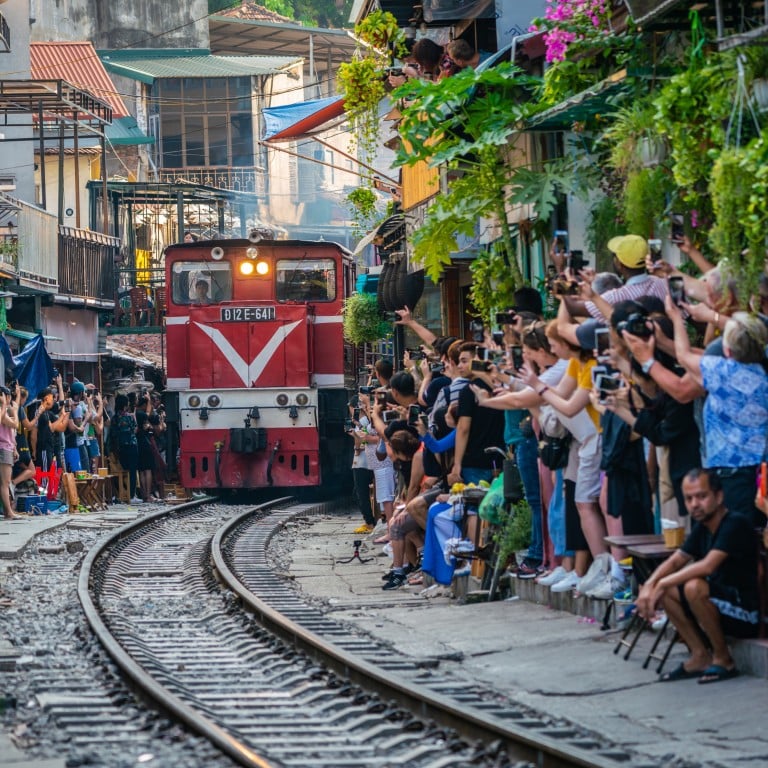
From Barcelona to Hanoi, travel hotspots levy tourist taxes and take other steps to curb crowds, pollution, bad behaviour
- Tourist destinations are charging visitors entry fees, designed to stop overtourism, dissuade certain types of visitor and lower travel’s carbon footprint
- Barcelona and Amsterdam have raised their tourist taxes, while Kyoto’s Geisha district has banned visitors
The post-Covid travel resurgence has brought with it a corresponding spike in tourist taxes, entry fees and time-slot booking systems.
Aimed in part at clawing back income forfeited during the pandemic, the revenue-generating levies are earmarked for the upkeep of historical sites and tourism infrastructure, and for tackling environmental challenges. Others are designed to deter badly behaved travellers or to discourage low-end sightseers.
Several destinations have implemented a tourist tax.
Bali, Indonesia

Barcelona, Spain

Amsterdam, Netherlands
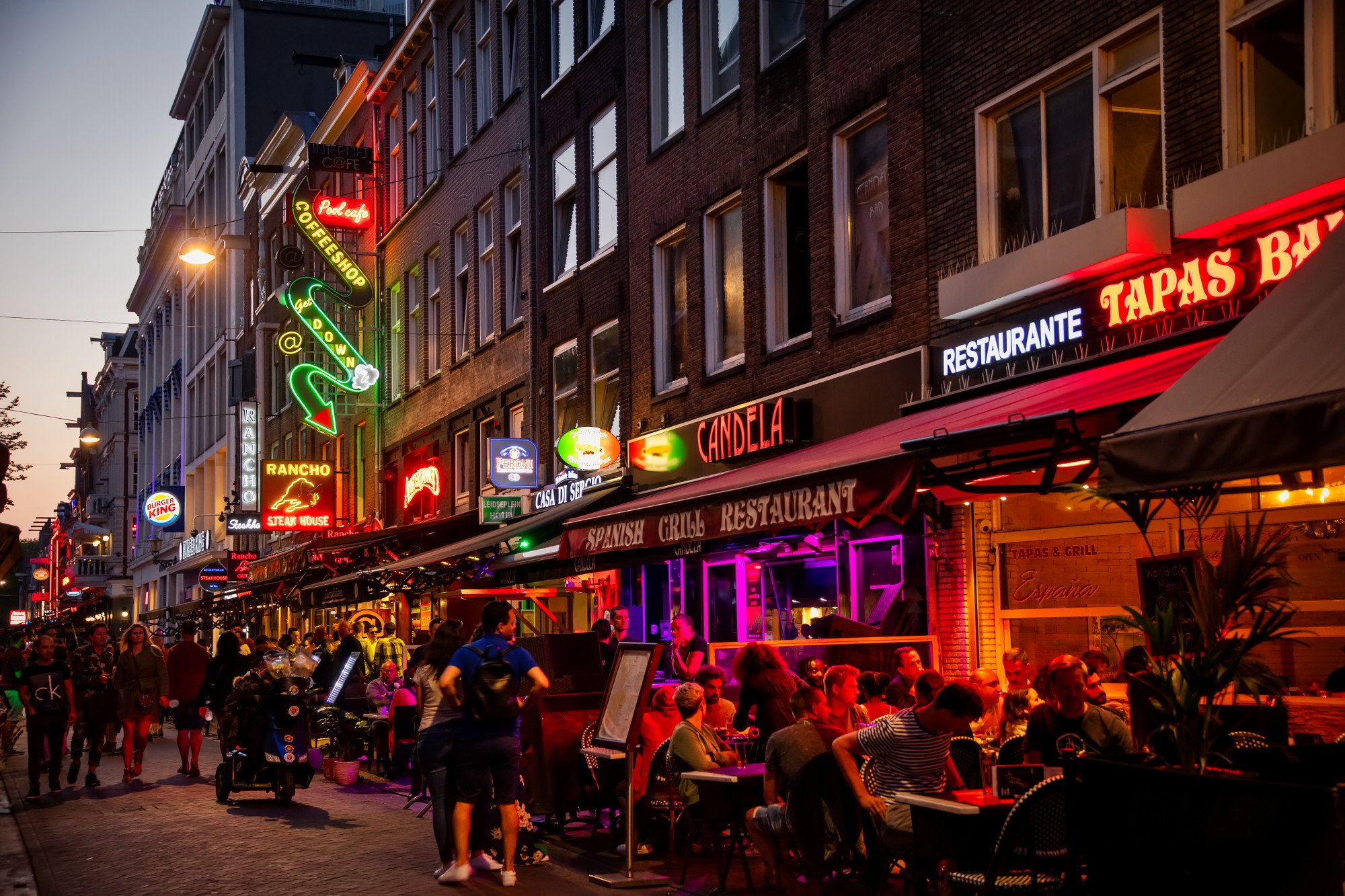
In 2023, the party town unveiled a somewhat blunt “Stay Away” digital discouragement campaign aimed at persuading boisterous young visitors that having fun doesn’t have to involve drunken, sleazy revelry.
Then, in a bid to attract culturally sensitive sightseers, the “Renew Your View” campaign was launched to encourage the appreciation of the city through the eyes of locals rather than as part of the mass-tourism phenomenon.
These initiatives come on the heels of a ban on cruise ships entering the city centre, a decision that authorities say aligns with their sustainable development ambitions.
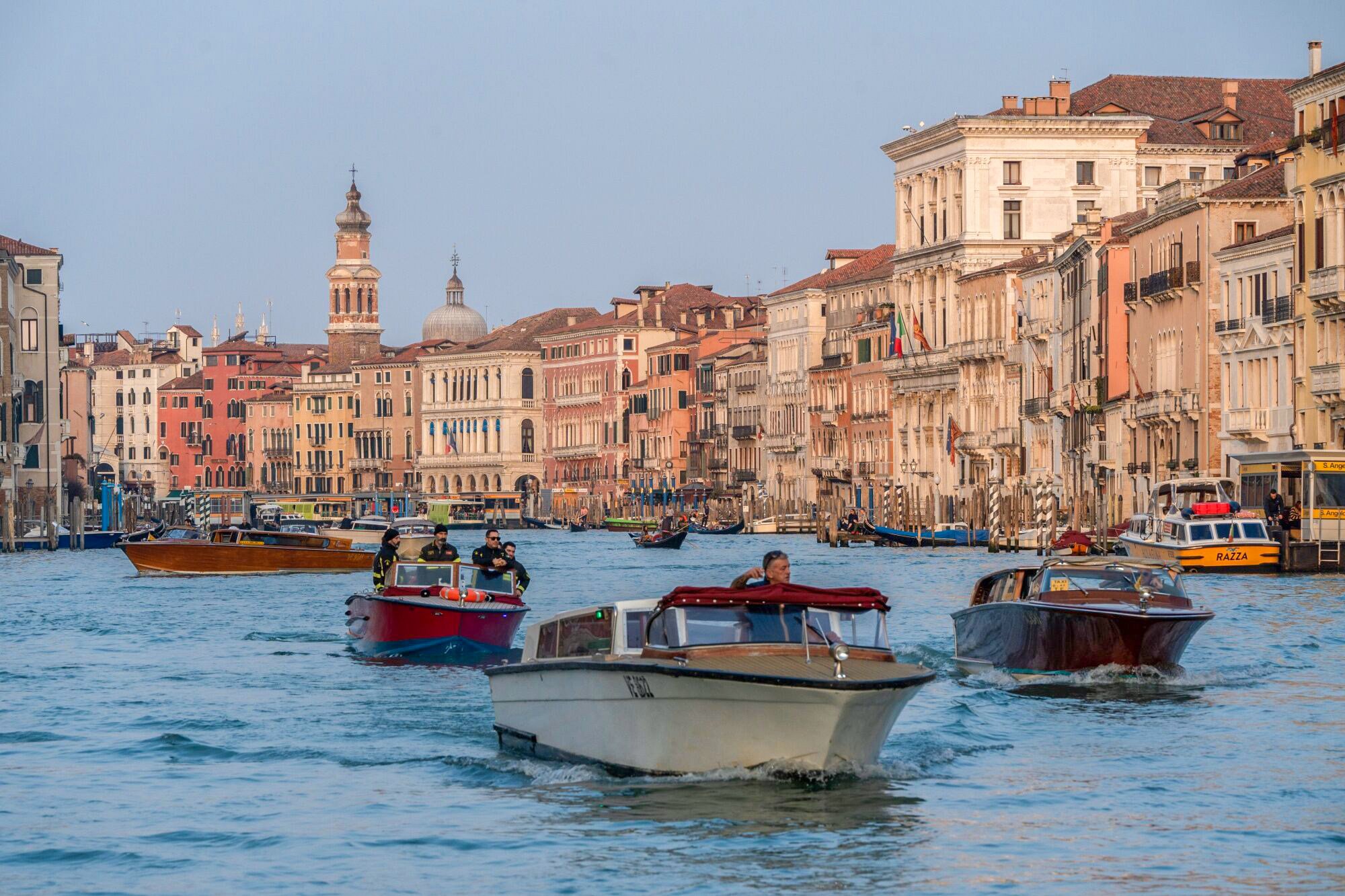
Venice, Italy
Amsterdam isn’t the only place banning or restricting cruise ships. In 2021, Venice prohibited ocean-going liners weighing more than 25,000 tonnes, as damage to the lagoon, palace foundations and other centuries-old structures saw Unesco threatening to put the City of Canals on its endangered list.
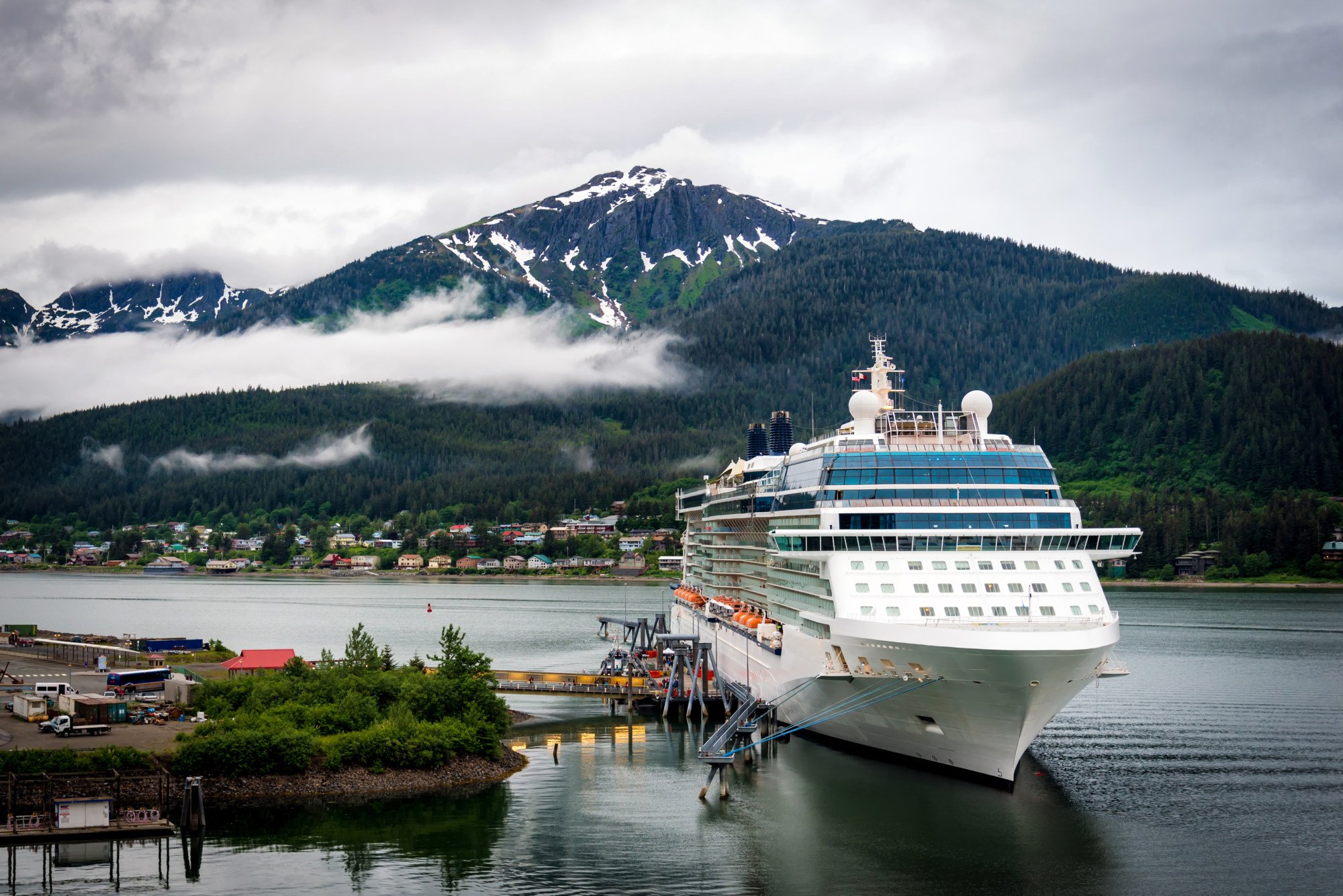
Palma de Mallorca, Spain, and Juneau, Alaska, US
Protests by residents of the Spanish city of Palma de Mallorca have resulted in a ruling that only three vessels are permitted in port at any time, and authorities in Juneau, in the US state of Alaska, have limited the number of large liners docking in the Alaskan state capital to five per day.
Scotland, UK
Scotland, which counts its cruise ship passengers in the hundreds of thousands, wants to increase taxes on ships that emit high levels of pollutants.
Citing a 2021 study that claims the carbon footprint of one vessel can be greater than 12,000 cars, Scottish Green Party minister Lorna Slater believes new legislation would incentivise companies to build zero-emission ships.
Mount Everest, Nepal
Mountaineering organisations generally adhere to the Leave No Trace rule, which provides guidelines for human waste disposal.
Forbidding waste dumping en route makes sense, not least because mountaineers often rely on melted snow for drinking water.

Also from this year, Everest climbers will have to carry government-issued tracking chips, which help guide rescue teams.
Denmark
Fly to Denmark and you may soon be paying a passenger tax. The scheme, which is part of the Scandinavian nation’s green transformation of air travel, is slated for 2025 and would see air travellers charged US$9 for flights originating from within Europe and US$56 for long-haul services.
The money generated will be used to develop sustainable fuels on domestic flights by 2030.
Hanoi, Vietnam
Want an exclusive holiday? Just 2,100 tourists visited this island in 2023
Despite the measures, determined trainspotters continue to find ways to reach the rails, often with the help of locals who point out openings.
Officials responded by calling for harsher penalties for the makeshift cafes and travel agencies have been told not to arrange tours of the area.
The situation is fluid, however, and some travellers have posted online updates saying they were able to get in while others warn that military personnel are guarding entrances. The rules will probably change again in a month or two.
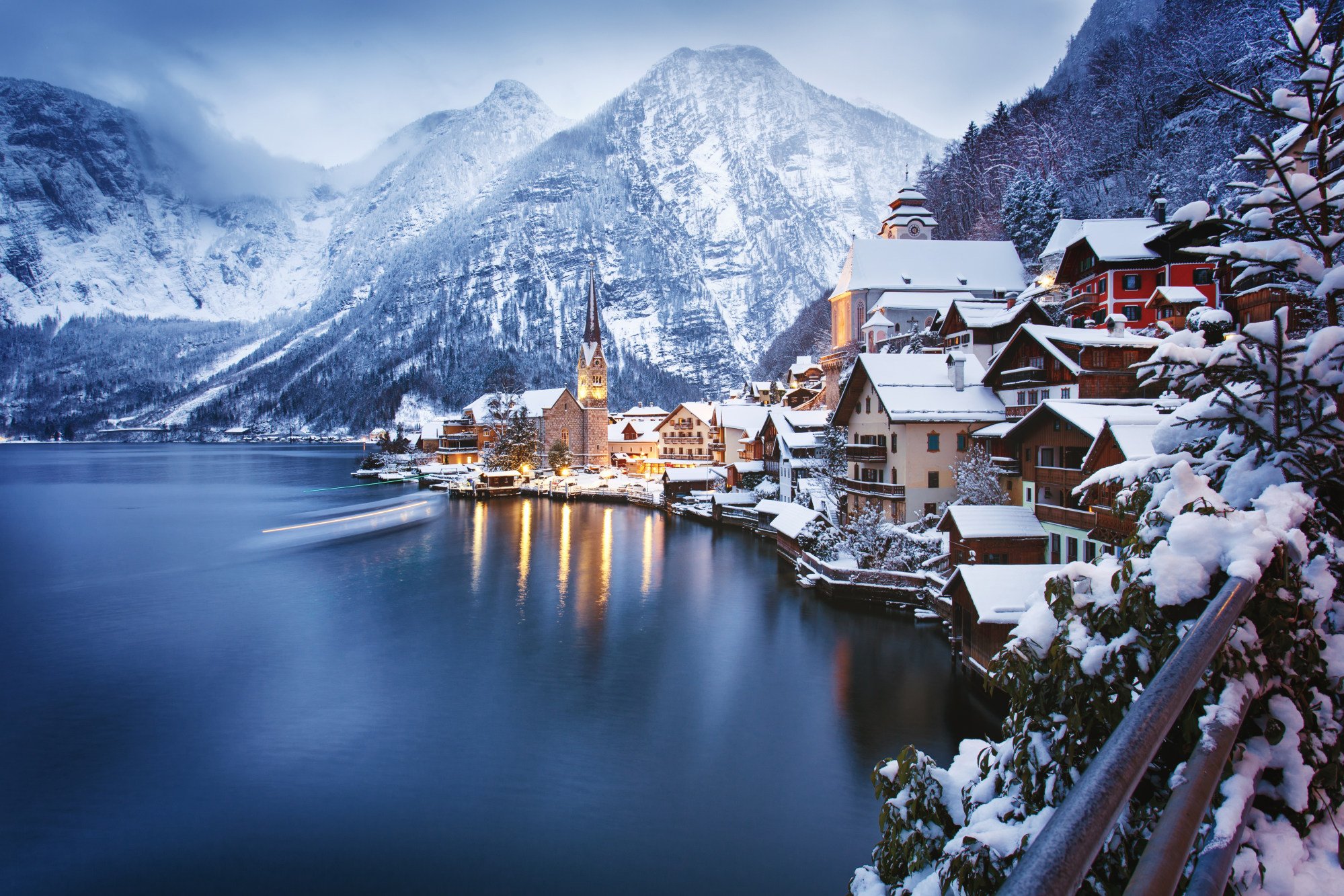
Hallstatt, Austria
Another bucket-list favourite that has become too popular for its own good is the picturesque Austrian village of Hallstatt (population: 800). The timbered houses and sparkling Alpine lake appear as a wallpaper in Microsoft’s Windows 10 computer operating system and the scene is so admired by Chinese Instagrammers that a replica was built in Huizhou, Guangdong province.
In August 2023, residents armed with placards (“Tourism yes – mass tourism no”) blocked traffic on the main road into Hallstatt to show their displeasure at the 10,000 or so day trippers who clog the streets.
Austrian capital Vienna touts ‘life-seeing’ tourism for wealthy visitors
The protesters have urged the government to regulate the number of visitors and are calling for a ban on tour buses after 5pm.
One solution could be a timed-entry approach and daily cap, similar to the system now in place for holidaymakers wanting to explore the Acropolis archaeological site in Athens, Greece.
Kyoto and Mount Fuji, Japan

The Geisha Paparazzi, as some overzealous tourists have become known, stand accused of ignoring signs forbidding non-consensual photography, approaching and touching kimono-clad entertainers and even chasing them as they head to teahouse appointments.
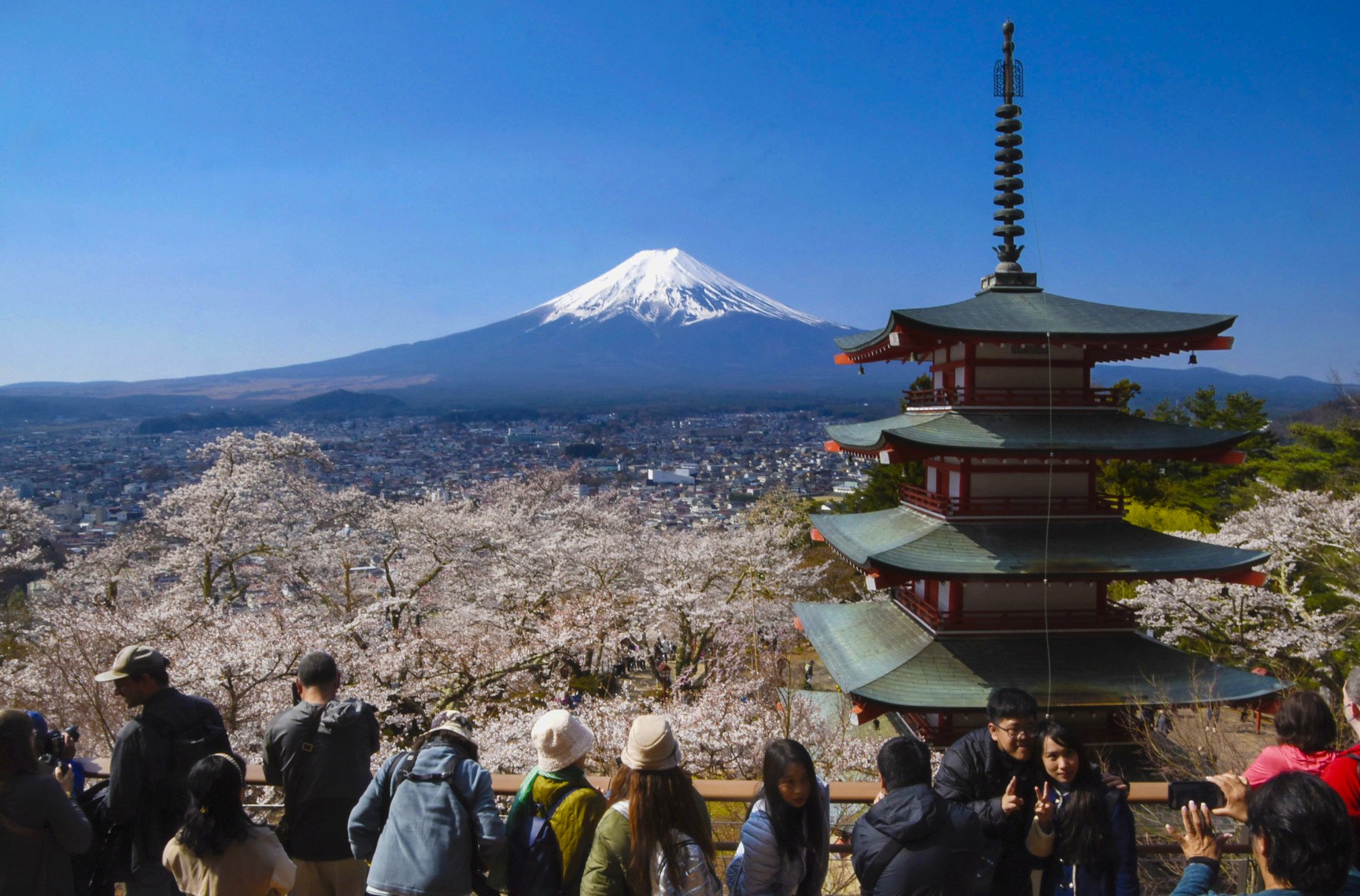
Seville, Spain
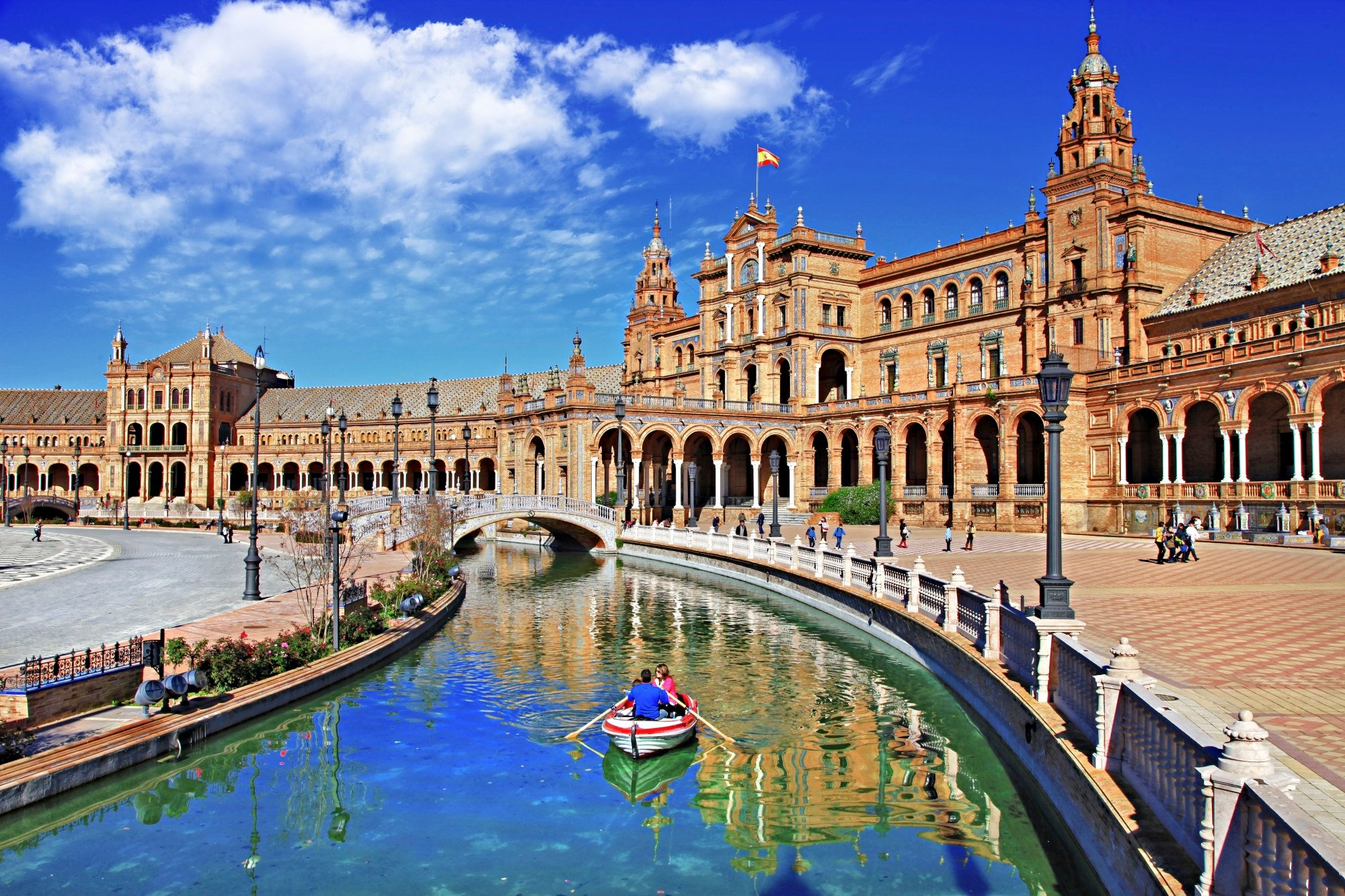
According to Seville’s mayor, the semicircular structure, which was used in the filming of 1999 Star Wars film The Phantom Menace, is at risk of permanent damage unless money is raised to fund conservation work.
Istanbul, Turkey
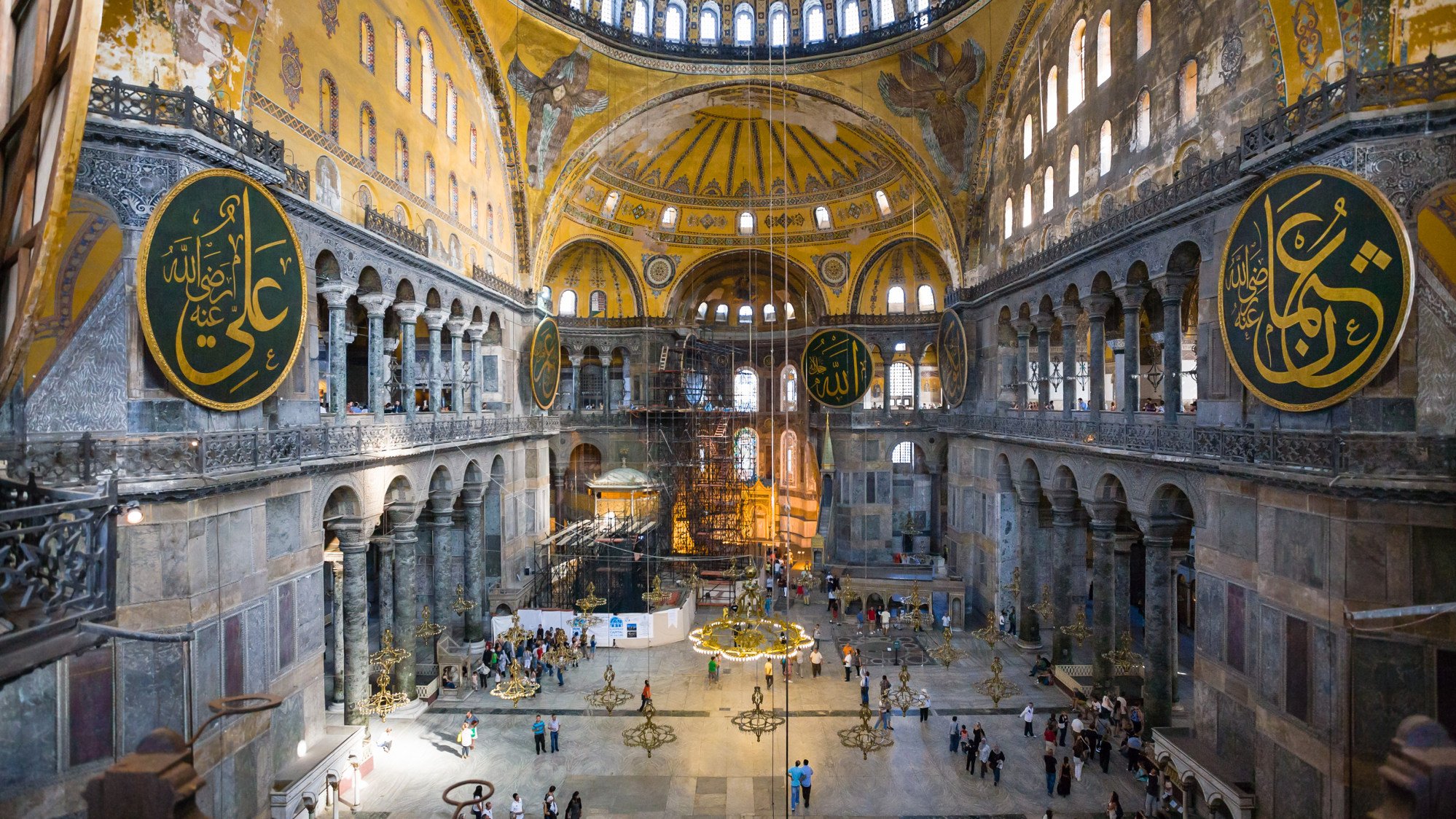
The money will go towards the maintenance, preservation and management of one of Turkey’s most historical sites.

